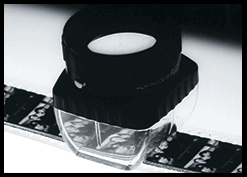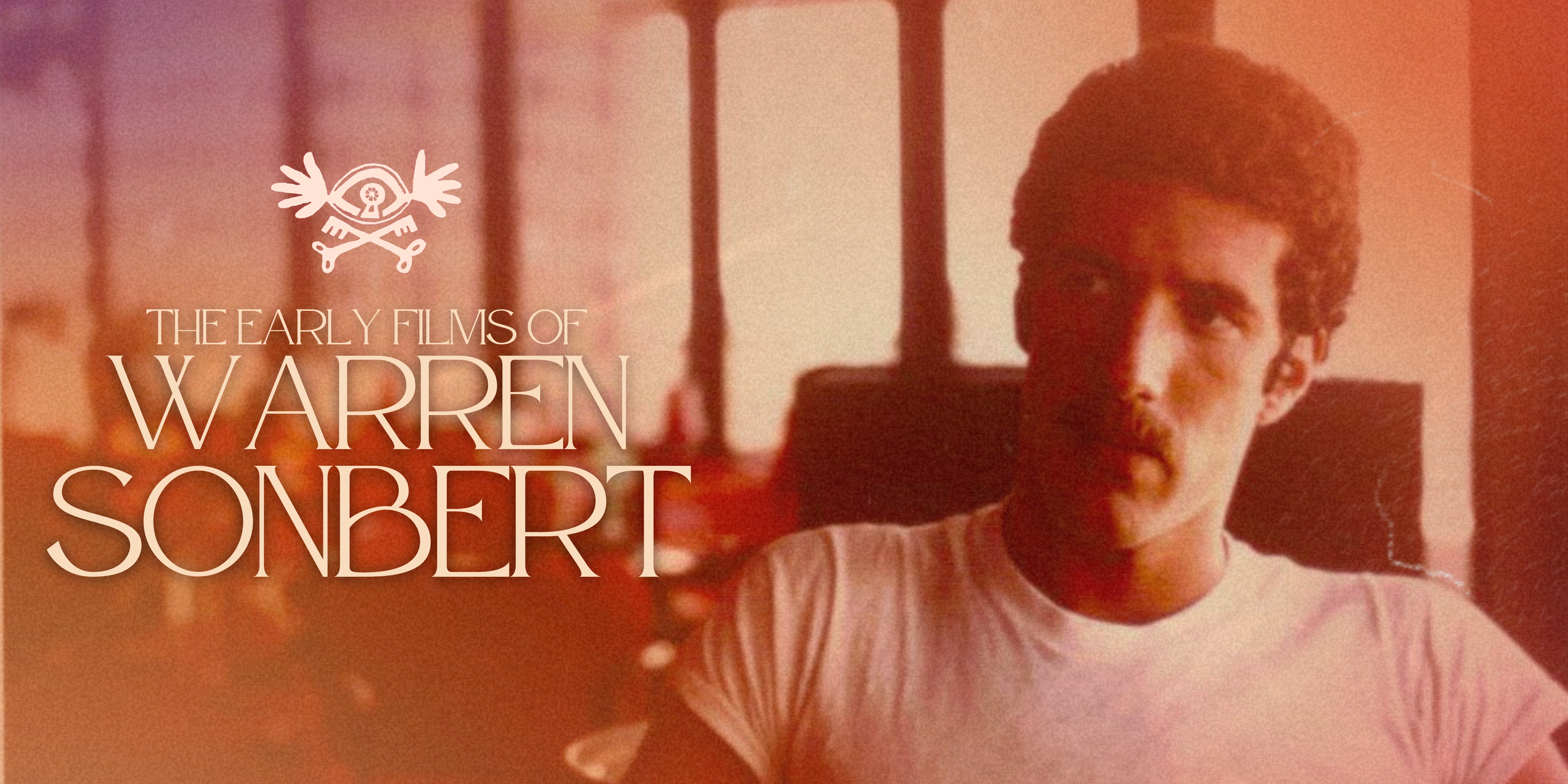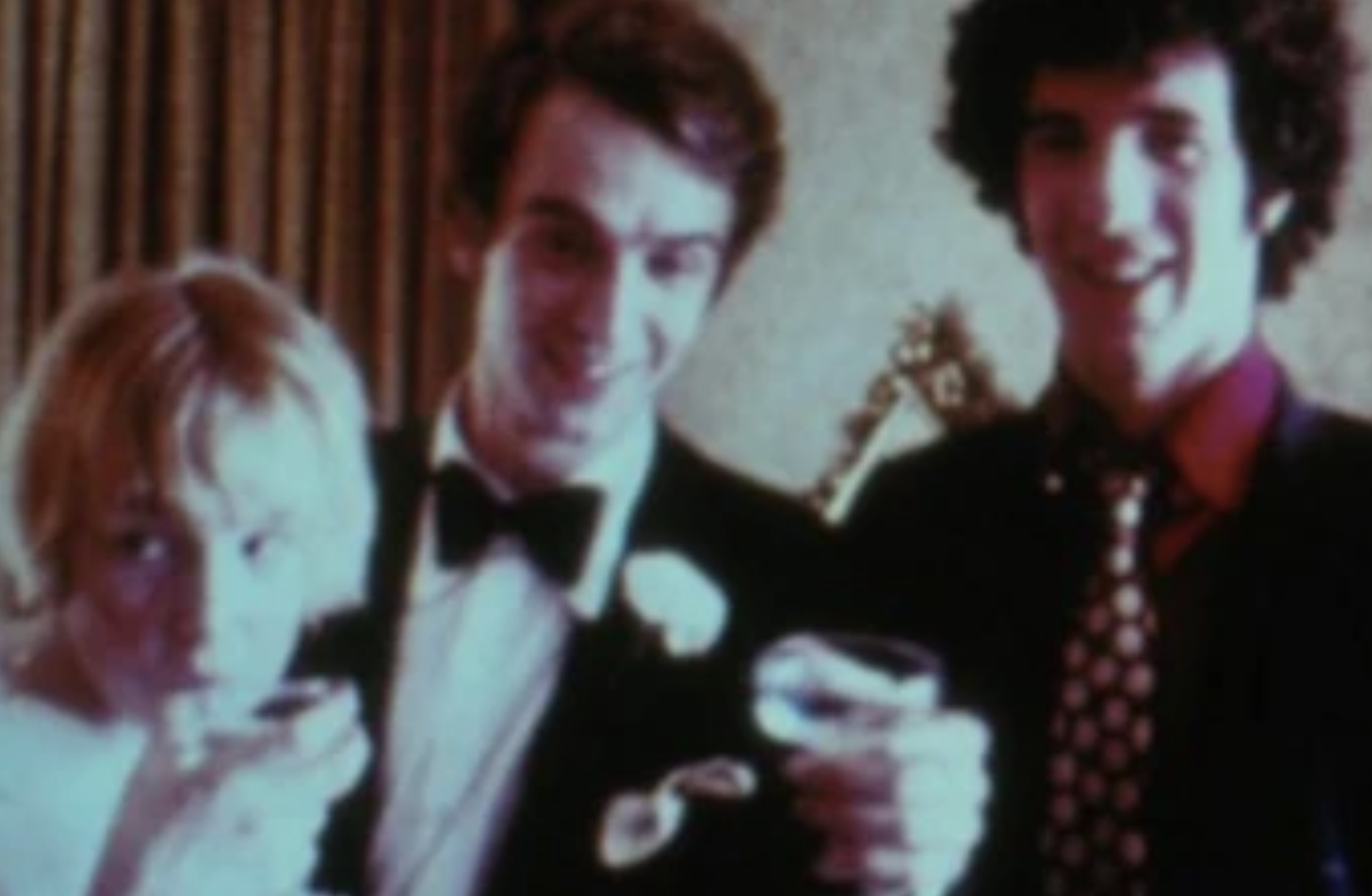Sonbert Comes Home to the Film-Makers' Cooperative: The Early Films (1966—1973) Now Available for Rental
/Gartenberg Media Enterprises previously announced the sale of new 2K digital restorations of Warren Sonbert’s early films for acquisition by universities, museums, and other cultural institutions worldwide.
Sonbert’s early films — spanning 1966’s AMPHETAMINE through to 1973’s CARRIAGE TRADE — are also now available for rental on digital formats for the first time from The Film-Makers’ Cooperative, where the artist originally distributed his films on 16mm beginning in the 1960s. The return of these films to this historic organization will therefore be a “homecoming” for Sonbert. Stay tuned for the launch of this touring package, premiering at The Film-Makers' Cooperative on November 15th.
These seven early films can be rented from the Film-Makers’ Cooperative individually. Five of those films (AMPHETAMINE, WHERE DID OUR LOVE GO?, HALL OF MIRRORS, THE BAD AND THE BEAUTIFUL, and CARRIAGE TRADE) can also be rented together as a touring package.
Warren Sonbert (1947—1995) was one of the seminal figures working in American experimental film. He started making films in 1966 while a student at New York University. When he was just 20 years old, Sonbert’s first career retrospective drew the attention of the film critic Stuart Byron, who wrote in the commercial trade journal Variety:
Probably not since Andy Warhol’s THE CHELSEA GIRLS had its first showing at the Cinematheque... almost a year and a half ago has an ‘underground’ film event caused as much curiosity and interest in N.Y.’s non-underground world as did four days of showings of the complete films of Warren Sonbert at the Cinematheque’s new location on Wooster St.
Sonbert’s earliest films, in which he captured the spirit of his generation, were inspired first by the university milieu and then by the denizens of Andy Warhol’s Factory scene, including superstars Rene Ricard and Gerard Malanga. In these loosely structured narratives, Sonbert boldly experimented with the relationship between filmmaker and protagonists through extensively choreographed hand-held camera movements within each shot. The mood of these films was further modulated by chiaroscuro effects, achieved primarily through natural lighting (in both indoor and outdoor shots), combined with variations of the raw film stock and exposures, as well as the use of rock 'n' roll music on the soundtrack.
TRAILER FOR THE EARLY FILMS OF WARREN SONBERT.
Beginning in 1968 with TUXEDO THEATRE, Sonbert began traveling the world and transitioned to creating silent montage films. He became known as the leading proponent of polyvalent montage. According to Sonbert, his films were “not strictly involved with plot or morality but rather the language of film as regards time, composition, cutting, light, distance, extension of backgrounds to foregrounds, what you see and what you don’t, a jig-saw puzzle of postcards to produce various displace effects.”
TUXEDO THEATRE was an early version of the film that Sonbert ultimately considered his “magnum opus,” 1973’s CARRIAGE TRADE. Described by Sonbert as “a 16mm, 60-minute, 6-year compilation of travels, home movies, documents, shown silent,” CARRIAGE TRADE indelibly interweaves footage taken from Sonbert’s journeys throughout Europe, Africa, Asia, and the United States together with shots he removed from the camera originals of a number of his earlier films. An evolving work-in-progress, the 61-minute version released in 1973 is the definitive form in which Sonbert realized CARRIAGE TRADE.
With CARRIAGE TRADE, Sonbert began to challenge the theories espoused by the great Soviet filmmakers of the 1920s; he particularly disliked the ‘knee-jerk’ reaction produced by Eisenstein montage… [Sonbert’s polyvalent montage] approach… ultimately affords the viewer multi-faceted readings of the connections between shots through the spectator's assimilation of (according to Sonbert) ‘the changing relations of the movement of objects, the gestures of figures, familiar worldwide icons, rituals and reactions, rhythm, spacing and density of images.’ —Jon Gartenberg
The Estate of Warren Sonbert has previously named Gartenberg Media Enterprises as the custodian of his legacy. Since Sonbert’s untimely passing in 1995, GME has worked on an extensive project to preserve, distribute and curate career retrospectives of his films on an international basis. In addition, original documents from the paper archive of his writings, which are now housed at Harvard University, were reprinted in a special 2014 issue of Framework: The Journal of Cinema and Media. A second issue of Framework, consisting of contemporaneous writings about Sonbert’s early films (from AMPHETAMINE through to CARRIAGE TRADE) was published in 2024. Jon Gartenberg was Guest Editor for both Frameworkissues.
Shortly following the publication of the second Framework issue devoted to Sonbert’s work, Gartenberg Media Enterprises collaborated with The Film-Makers’ Cooperative to publicly premiere the new digital restorations of Sonbert’s AMPHETAMINE, WHERE DID OUR LOVE GO?, HALL OF MIRRORS, and CARRIAGE TRADE at Metrograph in New York City, on June 8th, 2025. The screening was followed by a panel discussion moderated by Gartenberg and featuring Matt McKinzie (GME Associate and Artistic Director of The Film-Makers' Cooperative), and two of Sonbert's longtime friends: noted fashion designer Barbara Hodes, and Jeff Scher, an Emmy-winning animator and NYU professor.
The four panelists discussed, among other subjects: Sonbert's capture on film of the downtown New York milieu of the 1960s, together with the Warhol Factory Scene; his use of Motown music and its relation to queer sensibility in his early works; and Sonbert’s polyvalent montage strategy in CARRIAGE TRADE and his later films, that (according to critic and scholar Michael Sicinski) suggest “a progressive cosmopolitanism or globalism that is in contrast to the current concept of globalism as a purely capitalist relation.” The panel concluded by discussing the themes of joy and community in Sonbert’s work as well as the sustained effort to further his legacy as one of the key canonical artists in the history of avant-garde cinema.
Rent The Early Films of Warren Sonbert as a DSL Package
THE EARLY FILMS OF WARREN SONBERT (1966—1973)
New digital restorations of five of Sonbert's early films are available to rent as a touring package from The Film-Makers' Cooperative. The films included in this package are: AMPHETAMINE, WHERE DID OUR LOVE GO?, HALL OF MIRRORS (all 1966), THE BAD AND THE BEAUTIFUL (1967), and CARRIAGE TRADE (1973). We recommend showing the films as two separate programs, each one hour in length. The first program, Sonbert's Vignette Films, would consist of the filmmaker's shorts from the 1960s in the following order: WHERE DID OUR LOVE GO? (1966), AMPHETAMINE (1966), THE BAD AND THE BEAUTIFUL (1967), and HALL OF MIRRORS (1966). The second program, Transition to Polyvalent Montage, would consist of Sonbert's feature-length magnum opus CARRIAGE TRADE (1973). Program notes for this touring package can be adapted from the individual film entries in the Coop catalogue.
Individual Warren Sonbert Titles Available for Rental
TWO YOUNG MEN KISSING IN AMPHETAMINE.
AMPHETAMINE (1966)
“Warren Sonbert began making films in 1966, as a student at New York University's film school in New York. In his first films, he uniquely captured the spirit of his generation, and was inspired both by his university milieu and by the denizens of the Warhol art scene. In both provocative and playful fashion, AMPHETAMINE depicts young men shooting amphetamines and making love in the era of sex, drugs and rock and roll.” —Jon Gartenberg
“A heart-stopping film… beautiful and pure.” —James Stoller, The New American Cinema: A Critical Anthology
BARBARA HODES (LEFT) AND DEBBIE CAEN (RIGHT) IN WHERE DID OUR LOVE GO?.
WHERE DID OUR LOVE GO? (1966)
“It is a film about The Group. About the tribal atmosphere that pervades New York Society. A randomly edited ‘home movie’ in which the people I care for most are inextricably mixed together, flowing from one to another. Faces appear and reappear, an ever-changing kaleidoscope.” —Warren Sonbert
“WHERE DID OUR LOVE GO? feels like both a valentine and a farewell to a generation… the generation which no one, probably, understands but which Sonbert, in a series of tender and moving moments, has revealed to us. I could watch this film a hundred times; it made me feel older than I am, but it also opened my eyes and my heart.” —James Stoller, Village Voice
WARREN SONBERT (LEFT) AND GERARD MALANGA (RIGHT) IN HALL OF MIRRORS.
HALL OF MIRRORS (1966)
“HALL OF MIRRORS connects directly to Warhol via Rene Ricard and Gerard Malanga… a triptych in seven minutes’ time, the film begins by repurposing an NYU editing assignment for which students were instructed to reassemble a narrative climax from loose ends of an old Hollywood programmer.” —Max Goldberg, Berkeley Art Museum / Pacific Film Archive
“Sonbert’s HALL OF MIRRORS is an especially poignant film in [the] era of Covid-19, as it expresses in emblematic fashion the sadness, anxiety and disorientation caused by solitude as a result of social distancing.” —Jon Gartenberg
THE TENTH LEGION.
THE TENTH LEGION (1967)
In THE TENTH LEGION, Warren Sonbert presents his college age friends at work and play, wandering the streets of New York City, lounging, shopping, and posing for the camera. The film stylistically exemplifies Sonbert’s masterful use of a constantly moving hand-held camera as it trails the teenage protagonists in choreographed fashion, and of chiaroscuro lighting effects in interior scenes.
“THE TENTH LEGION is a fantastic film… I could watch this film several hours on end because it has no real beginning or end, it just goes on and on. Not that it is repetitious, for it is, just as each day follows another.” —Gregg Barrios, Hollywood Harbinger
A YOUNG COUPLE IN THE BAD AND THE BEAUTIFUL.
THE BAD AND THE BEAUTIFUL (1967)
THE BAD AND THE BEAUTIFUL can be seen as Warren Sonbert’s foremost experiment in negotiating the space between his hand-held camera and the protagonists in his field of vision. Editing in camera, Sonbert then assembled together the 100-foot camera rolls into a series of mini-narratives.
“THE BAD AND THE BEAUTIFUL, consisting of several edited-in-the-camera portraits of twosomes, tells us everything we need to know about couple-love, the tenderness, the silly horsing around, the compromises, the dead spots, the clinging to each other. It is a heartbreaking movie.” —Philip Lopate, Film Culture
WARREN SONBERT (RIGHT) WITH FRIENDS IN TUXEDO THEATRE.
TUXEDO THEATRE (1968)
Filmed in 1968, Warren Sonbert considered TUXEDO THEATRE an early version of — or “dress rehearsal” for — the film he would ultimately regard as his magnum opus, 1973’s CARRIAGE TRADE. As in CARRIAGE TRADE, Sonbert traveled around the world to create a tightly-edited work of polyvalent montage in TUXEDO THEATRE. It was his first foray into this style of filmmaking following a series of short films, set to the popular music of the time, that documented his contemporaries (including Andy Warhol’s Factory scene) in mid-1960s New York.
CARRIAGE TRADE.
CARRIAGE TRADE (1973)
Warren Sonbert considered CARRIAGE TRADE (1973) his “magnum opus.” In this film, Sonbert interweaves footage taken from his journeys throughout Europe, Africa, Asia, and the United States, together with shots he removed from the camera originals of a number of his earlier films.
“A 16mm, 60-minute, 6-year compilation of travels, home movies, documents, shown silent. Not strictly involved with plot or morality but rather the language of film as regards [to] time, composition, cutting, light, distance, tension of backgrounds to foregrounds, what you see and what you don’t.” —Warren Sonbert











